SciBridge Participates in the 11th Annual African Materials Research Society (AMRS) Conference2/27/2023 ConferenceSciBridge members Teddy Dano, Nicolas Muecke, Rachel Broughton, Saeed Saeed, and Allison Ebbert traveled to Dakar, Senegal in December 2022 to attend the 11th annual African Materials Research Society (AMRS) Conference. They had the pleasure of giving an invited talk about SciBridge in the Education and Networking in Materials Science & Engineering Symposium. Some members also had the opportunity to present their own research under the Materials for Energy Symposium. The conference was held at Université Cheikh Anta Diop, Dakar, Senegal on December 12th to 15th, 2023, featuring over 500 participants from around the world. The mission of AMRS is to encourage collaborations, relationships, and knowledge growth in the fields of materials science and technology. The themes of AMRS 2022 centered on the needs of the global research community, including energy and health, as well as the needs specific to the African community. New CollaborationsOne of the most enjoyable parts of AMRS is meeting new students and faculty from all over the world, and learning about their research. Over the week, we had the opportunity to eat meals and share laughs with fellow students, many of whom came from African countries. It was eye opening to hear the research motivations from groups across the globe - we noticed that much of their work focused on directly addressing issues in their communities using locally-sourced materials. This was particularly beneficial for SciBridge to learn about. As a group, SciBridge also got the opportunity to share our background, motivation, and future plans with faculty and students. Through AMRS, we were able to connect with potential collaborators that we otherwise would not have met. Attending this conference has allowed us to gain more insight into the research interests of African students studying Materials Science, form deeper connections with these students, and expand our circle of impact to countries outside of East Africa. Dakar SenegalDakar is the city where the conference was held. It is the capital of Senegal and home to a bustling city. Dakar is on a peninsula and that happens to be the most western point of the African continent. There are around 1 million residents in Dakar, even though the peninsula is only about 30 square miles, so it is very densely populated. Here are some fun facts about Dakar! It is home to Africa’s tallest statue, the African Renaissance Monument, which is 52 meters tall. We were able to visit it on the last day of our trip and have a section about it below. The people of Senegal speak a lot of languages, although their official language is French due to former colonization. Most people speak at least 3 languages including Wolof, the most widely used language, English, French, and 36 other local languages. Senegal was formerly occupied by France in the mid-17th century and was granted independence in 1960. It became the current state it is today in 1989. Senegal has had 4 presidents since becoming independent and is one of the only African nations to not have a coup after independence. Senegal is widely known for their political stability and peacefulness in the region. Delicious FoodWe were lucky to be able to try lots of different Senegalese food. Each morning we had a continental breakfast from the hotel which included croissants, meats, warm vegetable dishes and some local fruit juice. Ditakh, Bouye, and Bissap were some of our favorite juices. Ditakh tasted a lot like green bananas. Bouye is from the national tree, the Baobab. The flavor is not like anything we can get in the States, but it was sweet and creamy. Bissap is a sweetened hibiscus drink. One of our favorite dishes was Yassa poulet which is a very popular dish in Senegal. It is chicken or lamb simmered in citrus juice and served with caramelized onions on top of rice. Going to the MarketWe went to many markets while in Senegal. Walking along Dakar, we saw many vendors selling all kinds of things, from fruits and vegetables, to clothes and jewelry, and even handmade pieces of art. There are many things we learned while visiting different markets, one of which was haggling. Haggling for lower prices was an important aspect of our shopping adventures. As tourists who weren’t familiar with the cost of local goods, we had to approach vendors with a cool, yet confident demeanor that expressed curiosity without enthusiasm, otherwise we would easily end up overpaying. Unfortunately, this still happened, but it was a fantastic experience and we brought back plenty of art, sculptures, clothes, and more. Bandia ReservesOn the first day of our week in Senegal, we went to the Bandia Reserves. The reserves were about 40 miles from Dakar and had about 3,500 hectares of land. We rented an outfitted truck and were taken through the reserves which were filled with huge Baobab trees, Acacia trees, and local fauna. Although we were able to see rhinos, giraffes, zebras, monkeys, and ostriches, they are not local to this region. They serve as an attraction but are protected in the reserves from poachers and are allowed to roam freely. We also saw a huge Baobab tree that was over 1,000 years old with human remains inside. The remains inside were from a griot which is a traditional story teller or singer. They were very well regarded and being buried inside a baobab tree is seen as an honor, and symbolically shows to not bury their history. Gorée IslandOne of our excursions featured a visit to Gorée Island, a quick 20-minute ferry ride off the coast of Dakar. Gorée Island provided an impressive window into the history of Senegal. It’s known for being a major part of the Atlantic slave trade during the 16th and 19th century; the House of Slaves (a slave-holding warehouse on the island) is now a museum that displays the tragic living conditions of the millions of West Africans held against their will. The IFAN Historical Museum also holds an amazing collection of records that illustrate the history of Senegal, from 5th century artifacts to exhibits that show the country gained its independence. The African Renaissance MonumentBeing one of the most popular tourist destinations in Senegal, we had to visit the African Renaissance Monument. The size of the statue was incredible. Inside the monument there were three floors of African art exhibits from different African countries. To get to the top of the monument, we had to take an elevator that could only fit 4 people at a time; the view from the head of the statue was breathtaking for all of us.
0 Comments
This year, SciBridge began a new project to adapt kits for SciFro’s two week summer school in 2021. SciFro is a non-profit organization based out of Stanford University whose mission is to empower African students to solve local problems through scientific research and innovation. Founders of SciFro and native Ethiopians, Iwnetim (Tim) Abate and Loza Tadesse, organize summer schools at Ethiopian schools such as Addis Ababa Science and Technology University (AASTU) where they provide hands-on learning opportunities to help prepare African students for graduate school, establish industry partnerships, and encourage student entrepreneurship. This summer, SciBridge and SciFro leaders held a virtual meeting and connected immediately on their shared vision for uplifting students through hands-on education and started a collaboration for a 2021 summer school in Ethiopia. SciBridge was tasked with adapting three previous kits Al-air batteries, dye-sensitized solar cells (DSSC), and thermoelectric generators (TEG) for the upcoming SciFro summer school. SciBridge received authorization from both the University and NC State MSE Department to allow the assembly of small groups of less than 5 students to put together kits. SciBridge’s first Build Day took place on November 21st where the main task was to assemble a prototype kit for each experiment. On December 2nd, following COVID-19 social distancing protocols, SciBridge members started to pack the kits in an assembly line fashion. The final Build Day of 2020 took place on December 9th and SciBridge volunteers replicated the Al-air battery experiment. While waiting for more supplies to come in to test the DSSC kit, SciBridge members are amending and modernizing past lesson plans for the SciFro summer school. SciBridge is currently planning several Build Days in January and February 2021 to test out the DSSC experiment and finish kit assembly. If you are interested in volunteering, please fill out this form. SciBridge would like to thank all the volunteers who helped with the SciFro collaboration efforts: Alex Almaraz, Rachel Broughton, Alex Hsain, Ishita Kamboj, Cailin Peterson, Saeed Saeed, Mike Spencer, and Ruocun (John) Wang. We would also like to thank our sponsors for supporting SciBridge’s vision of connecting scientists and students across continents. Despite the difficult year, SciBridge has ended 2020 with a positive outlook for the future. We look forward to continuing our work on this exciting project in the new year! SciBridge was represented by Mike Spencer at the 10th international Africa Materials Research Society (AMRS) conference in December 2019. The conference was held at the Nelson Mandela African Institute for Science and Technology in Arusha, Tanzania, and featured several symposia centered on using African materials to solve African challenges. Additionally, there were several pre-conference workshops about specialized topics in materials research, ranging from nanomaterials to sustainable construction materials.
Mike co-organized a demonstration for the Electrochemical Energy Technologies pre-conference workshop. The demonstration took participants through basic hands-on electrochemistry experiments using a low-cost potentiostat developed by a team from the 2016 Joint Undertaking for an African Materials Institute (JUAMI) School and built by several SciBridge members. This was also the first use of the Python-based software developed by a team from the 2018 JUAMI School. Overall, the demonstration was a success, and this was thanks to the collaborative efforts by 3 JUAMI projects! After the workshop, participants from 5 different countries in Africa received JUAMI potentiostats so that the low-cost instrumentation can be used in their labs and in classrooms as a hands-on learning tool. In addition to helping with the workshop, Mike presented on SciBridge during the JUAMI minisymposium with Prof. Augustyn. During the presentation, they shared the history of SciBridge, detailed how the club is structures, explained some of the experiment kits that are in the works, and provided some tips about what it takes to start a successful organization. The SciBridge talk was awarded the “Best Presentation” in the Education and Networking in Materials Science and Engineering symposium. Helpful links: JUAMI Potentiostats: https://pubs.acs.org/doi/10.1021/acs.jchemed.8b00340 Pytentiostat Software: https://github.com/juami/pytentiostat Dear SciBridge Members and Supporters,
As another school year kicks off this week, it’s great to reflect on the progress of the SciBridge Project. Graduate and undergraduate students from many disciplines worked hard over the past year to develop hands-on experiment kits and presented the work of SciBridge at local conferences. These efforts play a crucial role towards educating students in the U.S. and in East Africa. We focus on sustainable energy technologies that can simultaneously electrify communities still without a reliable energy grid and cut down on greenhouse gas emissions that result from fossil fuel use. Over the past two years, we saw an increase in the frequency and severity of natural disasters, and if there is no immediate action it is projected that some areas of the planet will begin to face several natural disasters simultaneously (Nature Climate Change volume 8, pages 1062–1071 (2018)). Motivated by the need for reliable global access to electricity and reduced greenhouse gas emissions, SciBridge technical committees at NC State were hard at work developing educational experiment kits on thermoelectric generators, microbial fuel cells, and potentiostats. The thermoelectric generator (TEG) team put together the finishing touches on the TEG experiment manual and tutorial video (both available under the resources tab) to go along with the kits that were assembled the previous year. Six TEG kits were sent to Prof. John Paul Eneku at Makerere University to be distributed to each partner university in Uganda to be used in the upcoming Fall 2019 semester. This presented the ‘end of an era’ as well as a new beginning for the TEG team, as they transition into a modeling-focused format. The microbial fuel cell (MFC) is developing a kit that teaches the basic principles of an MFC and how it can generate electricity from bacteria found in local soils. The MFC team started developing a reliable experimental procedure and a 3D printed container for their device. They also have an experiment manual in progress that could be rolled out in 2020! A new team was initiated in the fall that is building low-cost potentiostats, based on the work of another successful JUAMI (Joint Undertaking for African Materials Institute) project that developed the JUAMI potentiostat (more info here). The SciBridge team plans to make an experiment manual and tutorial video that will introduce students to the basic functionalities of a potentiostat and how one can use this instrumentation to characterize batteries, MFCs, and solar cells. The potentiostat team spent most of the year putting together a prototype of a potentiostat and familiarizing its members with basic electrochemistry principles and electrochemical techniques. The team plans to start producing the tutorial video and finalizing experiments to be paired with the MFC project. They also plan to continue building and testing potentiostats that will be shipped to the African partner universities. SciBridge members were also active outside of the lab, presenting at multiple local conferences. Just before the fall 2018 semester kicked off, Cailin Peterson represented SciBridge as the student highlight speaker at the 2018 Appalachian Energy Summit in Boone, North Carolina. While attending the conference, Cailin was able to network with many students, policymakers, and industry leaders from North Carolina and discuss topics related to that years theme of “Change for Good.” In December, Mike Spencer attended the 2018 JUAMI school in Kampala, Uganda. While there he had the opportunity to share the work of SciBridge with many students from universities all over East Africa and the U.S. He also had the opportunity to meet Prof. John Paul Eneku, who gave a wonderful presentation that summarized the impact that SciBridge is having at our partner universities! The JUAMI school also provided an opportunity to give the TEG kits a test run, as several teams used the kits to apply what they learned during a lecture on thermoelectric materials and systems. SciBridge was recently represented by four students (Rachel Broughton, Cailin Peterson, Alex Hsain, and Mike Spencer) at the 2019 Appalachian Energy Summit in Boone, NC. The students heard from several North Carolina policymakers and industry executives about sustainability initiatives that companies are implementing, especially in the field of sustainable construction and integrated design of homes and buildings. During breakout sessions in the student summit, they had the chance to discuss job opportunities related to sustainability and ways to impact the energy goals of their campuses and communities. The four students presented a SciBridge poster and won second prize in their category! With the fall semester upon us, SciBridge plans to be just as active this year. We thank the National Science Foundation, NC State University’s East Africa Strategic Initiative, and the NC State University Engineer’s Council for financial support that made these activities possible. We are also extremely grateful for the support that we receive from Prof. Veronica Augustyn and Prof. John Paul Eneku, without whom this project would never have turned into what it is today! Sincerely, Michael Spencer SciBridge President SciBridge Participates in the 9th Annual African Materials Research Society (AMRS) Conference3/11/2018  SciBridge student members John Wang, Alex Hsain, and Alexandria Cruz traveled to Garborone, Botswana in mid-December to deliver a presentation on SciBridge at the 9th International Conference of the African Materials Research Society (AMRS). They also had an opportunity to present their own respective research projects in the Energy symposium and Nanotechnology symposium. SciBridge U.S. Coordinator Dr. Veronica Augustyn organized the AMRS Symposium on Materials Education, Networking, and Innovation Symposium, and SciBridge Africa Coordinator John Paul Eneku presented the efforts of the African network at the symposium. The conference was held from December 11-14, 2017, and included two days of pre-conference workshops, drawing over 400 participants from across the world. The aim of AMRS was to bring together an international scientific audience to build knowledge, foster relationships, and promote fields of research in materials science. The themes of AMRS 2017 reflected issues specifically relevant to Africa such as energy and water, but also held relevance to the global research community. We interviewed the U.S. SciBridge student volunteers after their trip to learn more about their experiences. How did AMRS aid in your professional, academic, or personal goals? Alex: Interacting with students from Africa and across the globe was an immensely humbling experience -- one which helped build my global perspective as a scientist. Through workshops, seminars, dinners, and festive outings, we grew and fortified our SciBridge network. In the education symposium, we embraced new languages and pedagogical methods, “ìyá ni wúrà” or “mother is gold” in Nigerian, was used as an example of relating human experience to materials science. In the Joint Undertaking for an African Materials Institute (JUAMI) session, students brought up the importance of contextualizing science to its unique environment when creating learning resources. Plenary speakers in the morning broadened our perspectives on energy research relating to solar, electrochemical energy storage, and nano systems. Panel discussions revealed the importance of Africa using its unique resources to build an economy of entirely its own. John: The AMRS trip was an intense and rewarding experience. In terms of professional goals, I had my first teaching experience during the pre-conference tutorial on scanning electron microscopy (SEM). What I learned from preparing lecture materials for Prof. Beth Dickey on SEM fundamentals and teaching my lecture on SEM simulations will be beneficial when I need to pass my knowledge to other people. The people I met in Africa are probably the most memorable part of the trip. Some of them may be important not only for my personal professional network but also for SciBridge. The oral presentation on my own research gave me more experience presenting research to different audiences and made more people aware of our work. The trip to Botswana initiated my familiarization with the country and the African continent. Experiences such tasting oxtail, witnessing sleeping lions, and conversing openly about the advancement of science has deepened my connection to Africa and SciBridge. Alexandria: I had a chance to explain my research to a scientific audience who did not specialize in magnetism and this helped me practice how to explain the impact of my research. It was amazing to meet people from all parts of Africa and listen to the challenges that they face. It is important to understand the particular problems the continent is facing and to see how people would like to approach the solution. It was surprising (also a bit unsurprising) to learn that different people have different way of solving problems and what works for one person may not work for another. Communication is vital for finding solutions and addressing the root important problems, not just tackling problems on the superficial level. Africa is unique in its people and its resources and can find novel ways to build its economy. What was your favorite speaker or workshop and why? Alex: My favorite part of the conference were the JUAMI student presentations. I loved learning about the other student projects that came out of JUAMI and seeing SciBridge in a larger context. There were many valuable lessons I learned there including the importance of self-sustainability of educational projects, as well as the importance of contextualizing science in different cultures. John: My favorite speaker was Prof. Paul Weiss (UCLA) for his engaging talks and his way of embedding jokes into the talks. My favorite workshop was the panel discussion in the Materials Education, Networking, and Innovation Symposium on how to make resilient networks. I liked it because it brought in brilliant people from vastly diverse backgrounds to address specific problems. A lot of good concerns were raised and the panelists gave inspirational insights. Audiences were closely engaged in the discussions and gave great remarks. Professor Osseo-Asare’s (Penn State/Univ. Of Ghana) remark on the need for African researchers to do research based on the needs of Africa instead of following what the U.S. is doing was eye-opening for me. Alexandria: My favorite part was the panel discussion in the Materials Education, Networking, and Innovation Symposium, because the audience was able to actively participate in the discussion. I asked about how to get African universities access to the equipment that they need for research and it spurred discussion about using older equipment and sending students to become trained on using and repairing equipment. One professor expressed interest in building cost effective versions of their equipment. Everybody brought up insightful points and it was encouraging to talk about ways to obtain equipment needed for publishable research from collaborations and donations to company sponsorships. 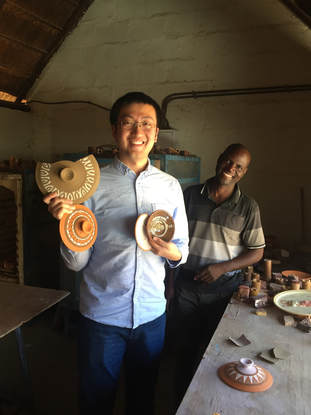 What did you think of Botswana? Where did you explore? Alex: Gaborone, Botswana is a beautiful up-and-coming city. Students from JUAMI joined together at a local Ethiopian restaurant where we shared a traditional communal dinner. Our SciBridge group also participated in a city tour where we went to see local landmarks such as the statue of the Three Chiefs, the art museum, Botswana University, and the city football stadium. One of my favorite nights was at Botswana Craft where all the conference participants assembled for a festive night of traditional Botswanan dancing, music, and cuisine. I interacted with students from Nigeria, bought memorable souvenirs for my mentors back at home, and danced with John Paul Eneku and John Wang on stage with the professional African dancers. John: Botswana is a promising developing country. In the north part of the country, there is a great tourist site, the Okawango Delta. The country also has great natural resources like diamonds, and exports high-quality beefs. The people I met are smart, open and diligent. I didn’t encounter any resistance when I talked to a pottery shop owner about the homogeneity of his furnace, sintering process of ceramics, color of different metal oxides in pottery dyes, applications of metal oxides in batteries, etc., and he taught me how to apply glaze to the surface of pottery by glassifying a layer of silicon oxide slurry. I was impressed by how well he embraced science. The experience was deepened for me further when I learned his daughter was working on a Ph.D. degree in microbiology in South Africa. Considering that the country’s future president shows a considerable amount of passion in supporting science, I personally think Botswana has a promising future because science and engineering will be critical to bring more value to their abundant natural resources. I hope they can find their own path in science and engineering and develop their own advantages in specific areas. In Botswana, I explored the capital city of Gaborone and a few villages around it. In the villages, people make crafts like pottery and table mat souvenirs, and sell the crafts to gift shops. Alexandria: Gaborone is a growing and an amazing city to visit. I really loved looking at the art in the city. In Botswana Craft, there were many beautiful weavings and wood carvings. One of my favorite art pieces were images of flowers and women that were created from butterflies’ wings. Other interesting pieces were the beaded statues and I was so excited to get a mini beaded elephant statue. I also recommend the art museums, because there are many amazing pieces that reflect the issues affecting people in the city. Did you make any side excursions in Africa or elsewhere?
Alex: We spent a couple of days after the conference in Madikwe game reserve in South Africa. That was an incredible opportunity to get close to some of the wild life including lions, rhinos, giraffes, elephants, and zebras. We spend two days tracking a pride of lions and learning their particular habits and getting to know their family. The beauty of Africa was readily apparent during the 5-o-clock in the morning game drives as the sun rose over the grasslands. John: I also did a day-trip to Madikwe game reserve in South Africa. It was great to see animals in a natural habitat. Alexandria: Our guide at Madikwe was amazing and she told us about the animals, how they track them, and the problems of poaching. The jeep had no doors or windows, so it was pretty scary when a lion passed by the side of the vehicle, but our tour guide was calm and told us to stay still. No need to tell me twice! Another time we saw two elephants giving handshake with their trunks. I got to learn a lot -- lions don’t attack anything that moves and roar when communicating; rhinos can be a bit shy; nobody messes with elephants. Well it sounds like you had a great time! What can we learn from AMRS to better build the SciBridge community? Alex: Learning from other students and faculty that had gone on and created successful U.S.-African collaborations put the role of SciBridge into perspective for me. I learned that SciBridge occupied a similar role to undergraduate research or REUs here in the United States. SciBridge gives undergraduate students a unique opportunity to get involved in research and start their own independent projects. However, through interacting with our African collaborators, we began to get a sense of the challenges encountered by students. The largest one was the time required out of class to participate. In the U.S. students receive either class credit or stipends to conduct undergraduate research. To combat this issue, we have begun to make efforts to integrate SciBridge seamlessly into classroom curricula. John Paul Eneku has made the SciBridge kits a part of the 3rd year independent research projects at the Dept. of Physics at Makerere University. On the U.S. side, we have made efforts to deepen the educational resources we provide by creating step-by-step lesson plans and tutorial videos. Additionally, we have started to create “modules” that build off of one another to extend students’ understanding of thermoelectrics. The perspectives we gained at African MRS were critical to our understanding the obstacles our partners face, and helped us to come up with ways to address them. John: For the SciBridge alumni, we can think about forming a network or advisory board to keep some SciBridge graduates connected. For African students, we need to initiate conversations with the African student body to see how we can set up a sustainable and professional communication program between U.S. and African students. Communication through Whatsapp can be difficult to maintain. Maybe we can organize online semi-live seminars to ask the students to present their research. By semi-live seminars, I mean the presenter will upload few screenshot of slides onto a communication platform and then upload audios to present the slides. In this way, the data needed to convey information will be minimized. For the NC State chapter, we are trying to make SciBridge a more involving activity. Alexandria: Collaborations need to keep on happening because no single person has all the skills needed to make kits. We need people reaching out to companies and labs for older research equipment for publishable results. We could also reach out to the JUAMI students for collaborations on future kits/infrastructure. Some of the JUAMI students have awesome kits and SciBridge could expand on them. We need to reach out to people in education, graphic design and video editing to improve the quality of the kits. We should also talk with African students to learn more about issues affecting Africa specifically to make kits more relevant to them. I would like to stay in contact with the people I met in the conference, because it would be amazing to have SciBridge allies all around the world to make the biggest impact possible. A big thank you to the granting agencies that allowed for our SciBridge members to experience African MRS: NC State East Africa Initiative (Alex Hsain, Veronica Augustyn, & John Paul Eneku), U.S. National Science Foundation (Veronica Augustyn, John Wang, & Alexandria Cruz - as part of JUAMI), and the Microscopy Society of America (John Wang). We look forward to making use of the lessons you brought back from the conference! Below is the report on our first African Coordinators Workshop which was held last summer. The report is compiled by John Paul Eneku, our primary SciBridge coordinator in Africa.
Dear SciBridge Volunteers and Supporters,
In 2017, we were reminded of the continued need for global collaboration and understanding in the movement towards global energy sustainability. This month alone, three studies have concluded that extreme weather events that occurred in 2016 were due to human-linked climate change. The good news is that while the need for sustainable energy is more urgent than ever, SciBridge membership continues to grow in both the U.S. and Africa. This is only possible because students at our member universities recognize the need and importance of the SciBridge mission. At NC State, SciBridge is an official student organization with over 20 members from a variety of engineering departments. In Uganda, the first SciBridge student club is taking shape at Gulu University. Our Africa organizer, John Paul Eneku, held the 1st Coordinators' Workshop at Makerere University in Uganda in July, with support from the NC State East Africa Strategic Initiative Grant. For the first time, this workshop brought together all of the Uganda SciBridge coordinators to plan SciBridge activities including integrating experiment kits into curricula and developing students clubs, such as the one at Gulu. The report of this workshop will be posted soon. Most recently, SciBridge members participated in the 9th African Materials Research Conference in Gaborone, Botswana. Volunteers from NC State along with our Africa coordinator, John Paul Eneku, gave presentations on SciBridge at the Materials Education symposium (which I organized). We had tremendous support for our efforts and a future blog post will be dedicated to this experience. In 2018, SciBridge will be sending out new experiment kits on thermoelectrics, developing new biofuel cell kits, working to develop the Africa SciBridge students clubs, and developing better methods of assessing our impact. We are extremely grateful to our volunteers and supporters as well as sponsors - the U.S. National Science Foundation and NC State University. SciBridge began as a simple idea for a collaboration between myself and John Paul Eneku in 2013. We are now entering our 5th year with dozens of student members, 9 partner universities, and secure funding for experiment kit development for the next several years. The project continuously reminds me of the power of grassroots efforts to make a difference. As 2017 winds down, I would like to wish all of you happy holidays and all the best in 2018! Veronica Augustyn Assistant Professor, NC State University SciBridge Chair & U.S. Organizer After a year of developing, the TEG Experimental Kits are now ready and are being shipped to our partner African Universities. We thank all the volunteers who helped develop the kits as well as assisted in packaging them. We are very excited for what is to come!
Since 2015, NC State Student Involvement has hosted an awards ceremony (The L.E.A.D. Awards) honoring outstanding Student Organizations and Student Involvement on campus. This year, Scibridge was nominated for the Outstanding New Student Organization Award. Scibridge volunteer Alex Hsain said of the event that she was "inspired by the leadership and dedications of student organizations on campus."
Though we did not win, we at Scibridge are honored by the nomination. We would like to thank NC State University, our partner African Universities, all of our financial sponsors, and our volunteers for all of their support. We will continue to press towards to mark in our goal of bridging the gap between United States and African Scientists. Scibridge Volunteer, Alex Hsain, a junior majoring in Materials Science and Engineering and the current head of the TEG Committee for Scibridge, has been awarded the 2017 Truman Scholarship. The Truman Scholarship is a highly competitive, merit-based award funded by the Harry S. Truman Scholarship Foundation and offered to U.S. citizens and U.S. nationals from Pacific Islands who want to attend graduate school in preparation for a career in public service. Alex plans to pursue a Ph.D. in Materials Science and Engineering or Electrical Engineering to assist in her goal of becoming a leader in sustainable energy development.
The Scibridge family congratulates Alex on all of her accomplishments and for all of her work for Scibridge. Click here to read the full press release |
Archives
February 2023
|


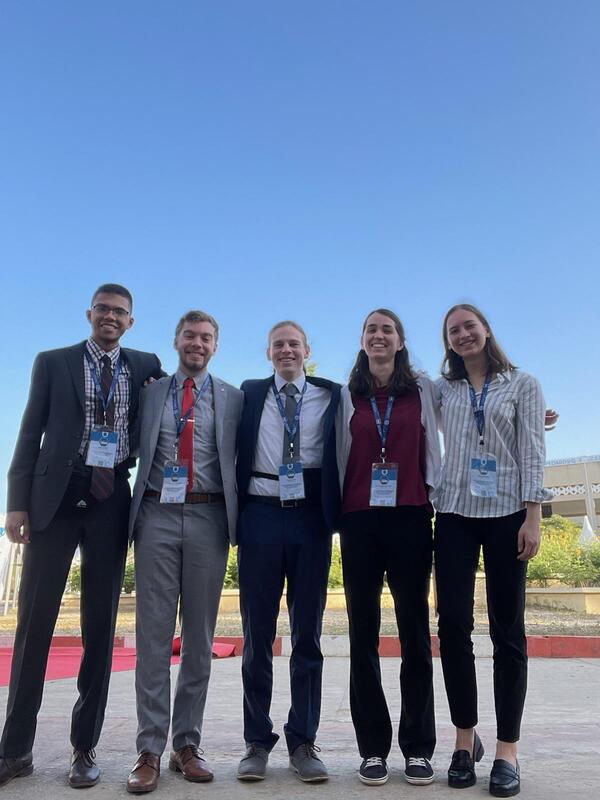


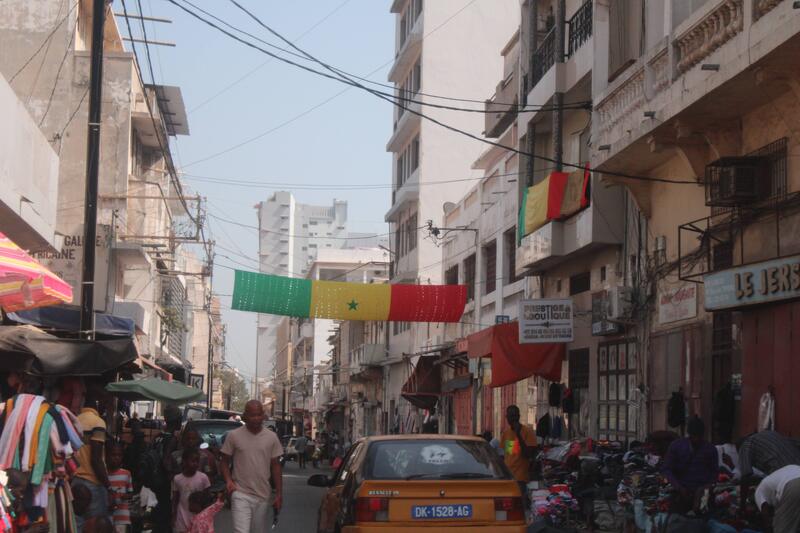

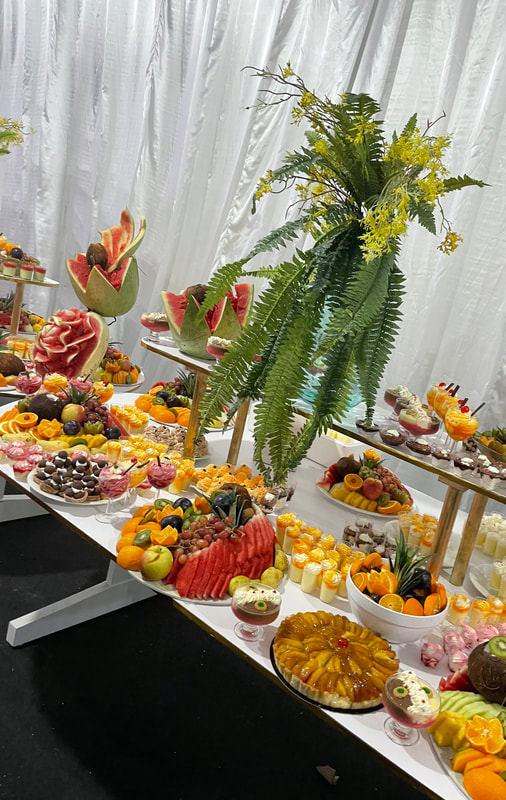
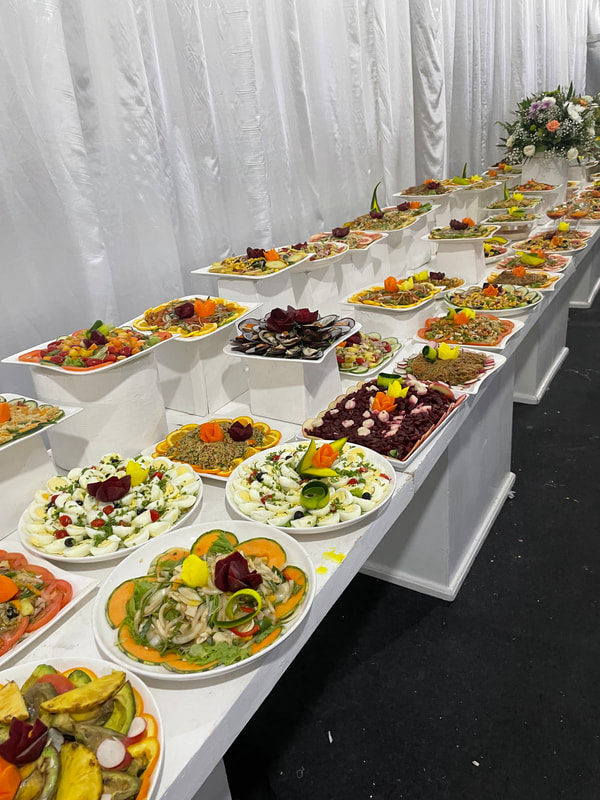




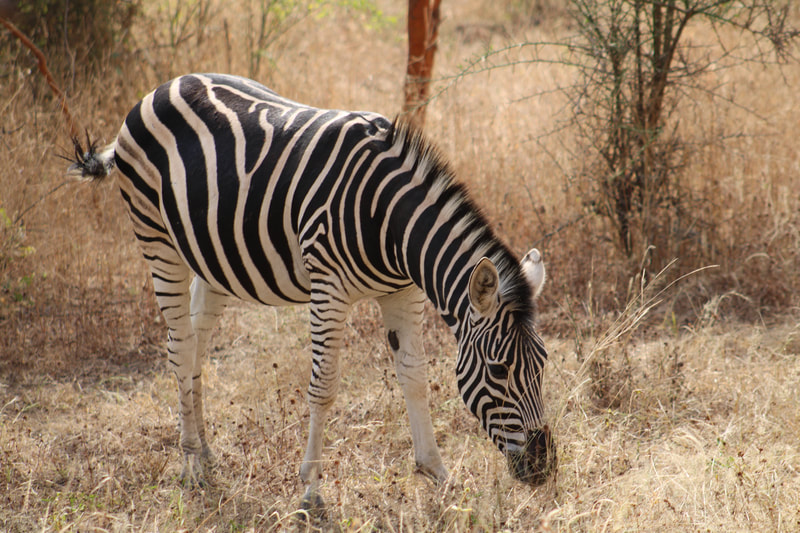






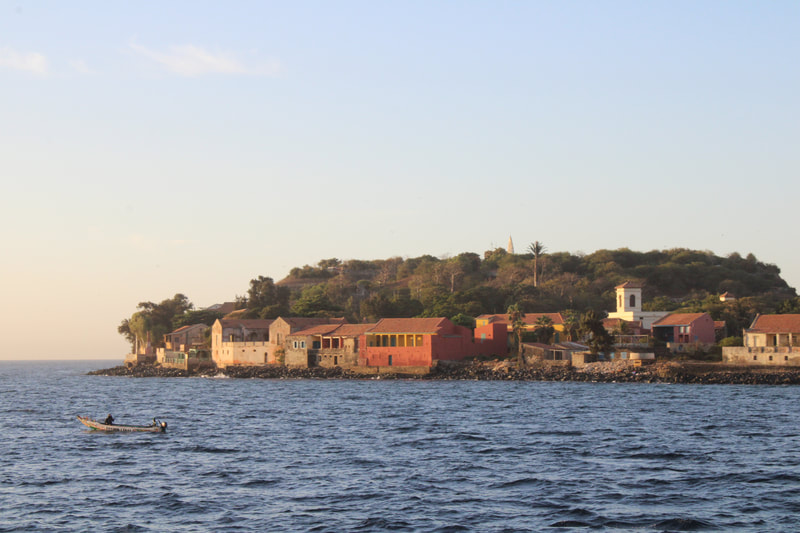


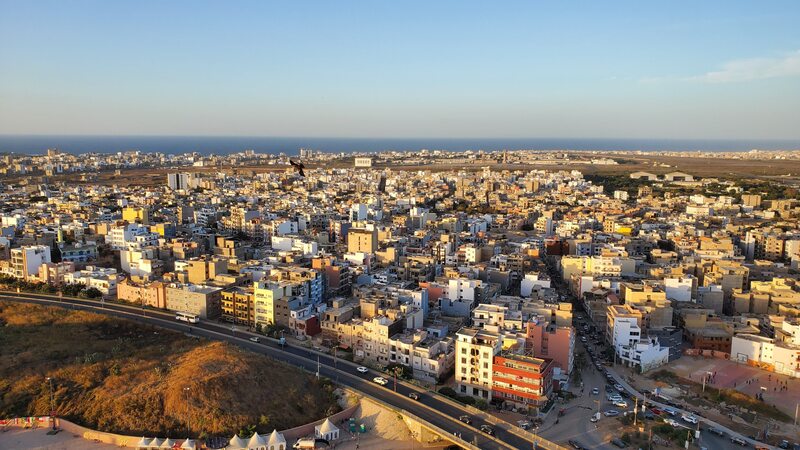
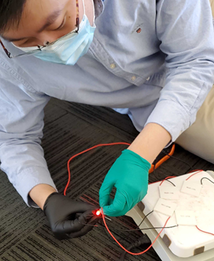

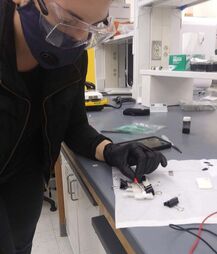
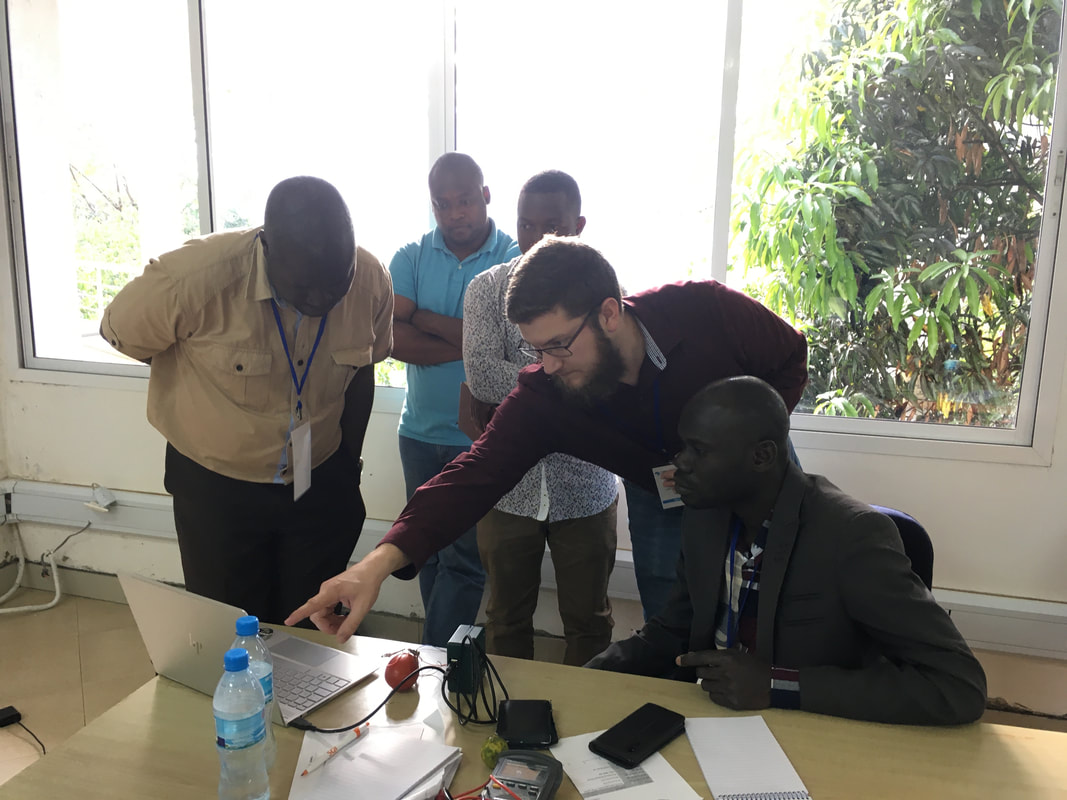
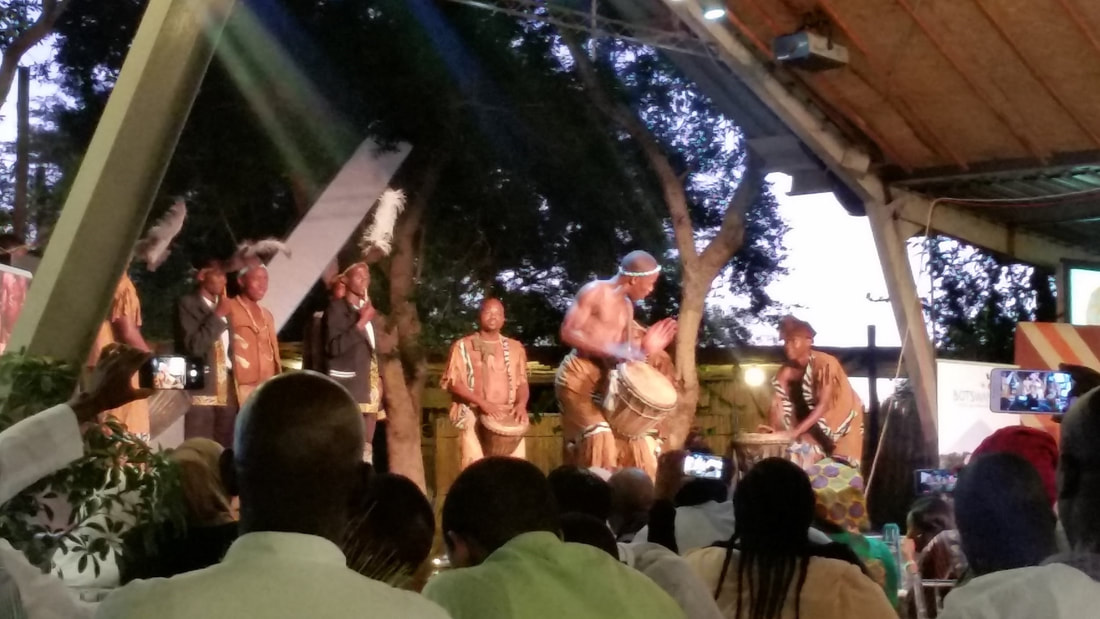
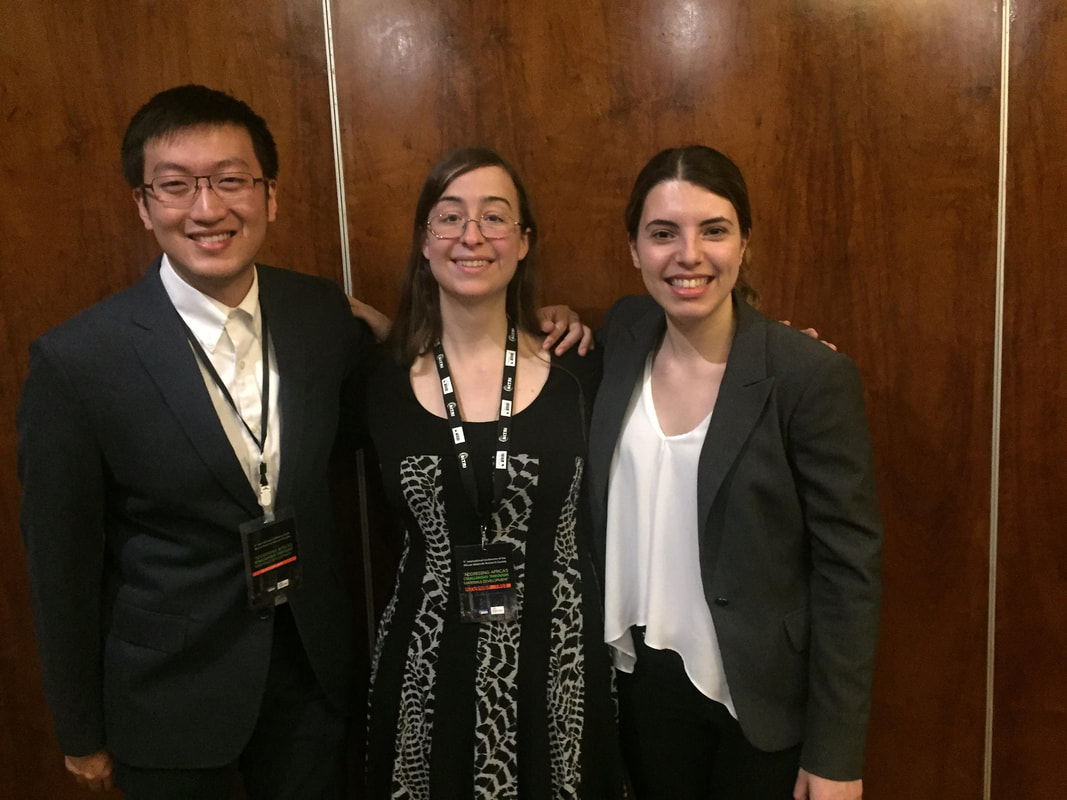


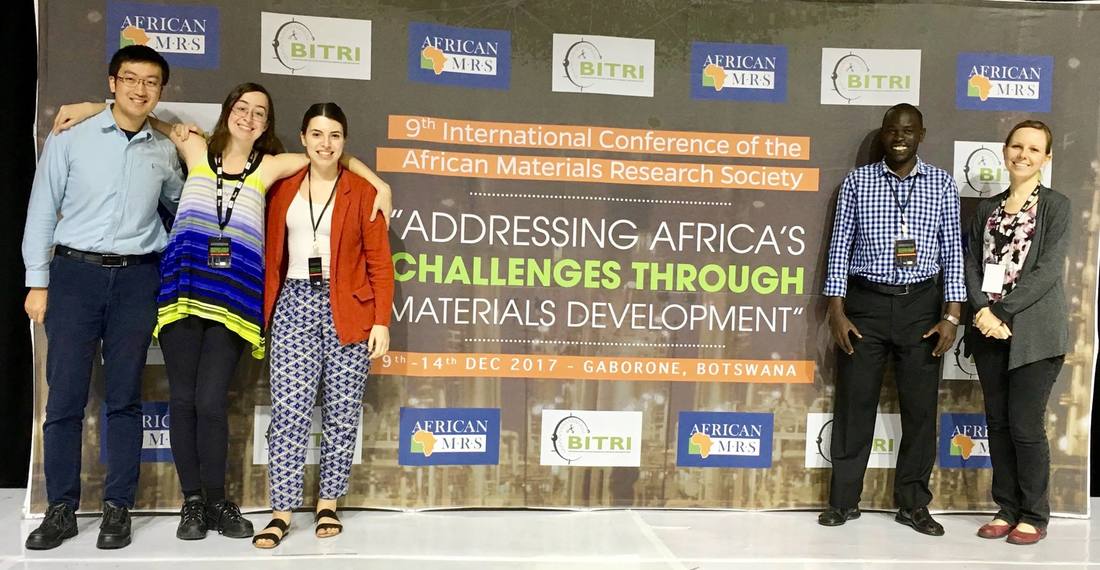
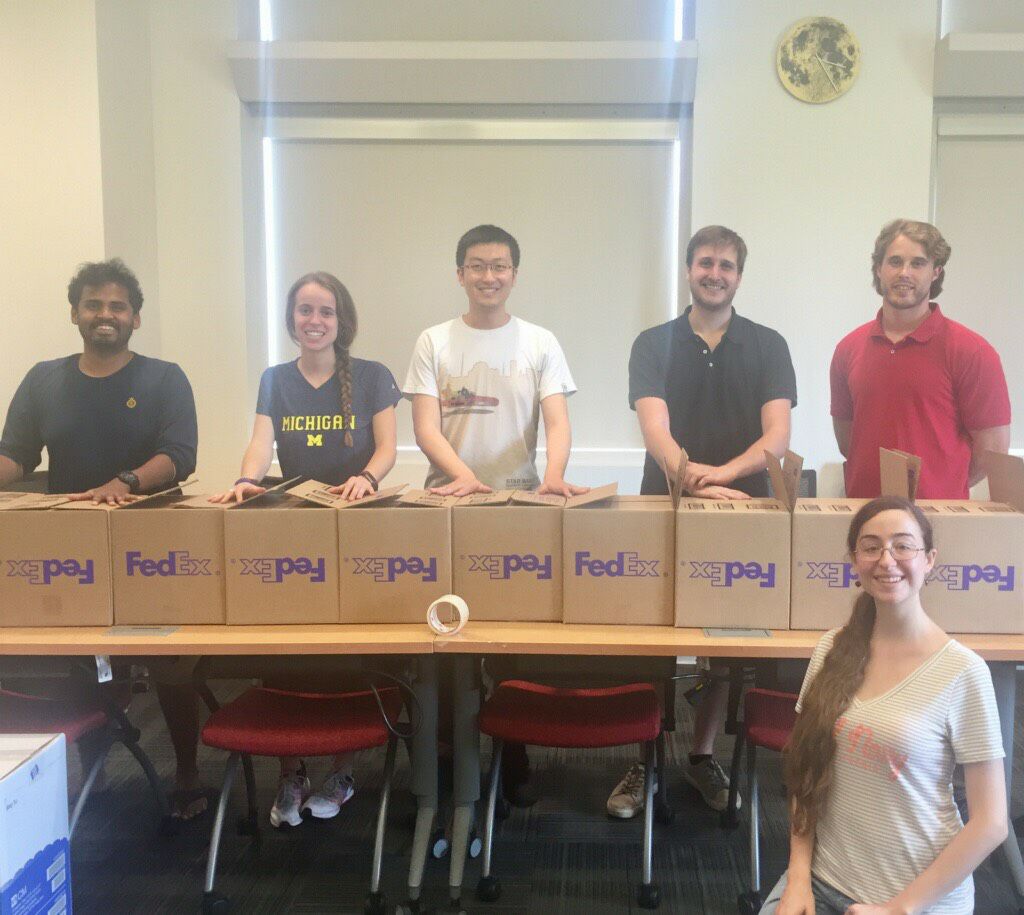
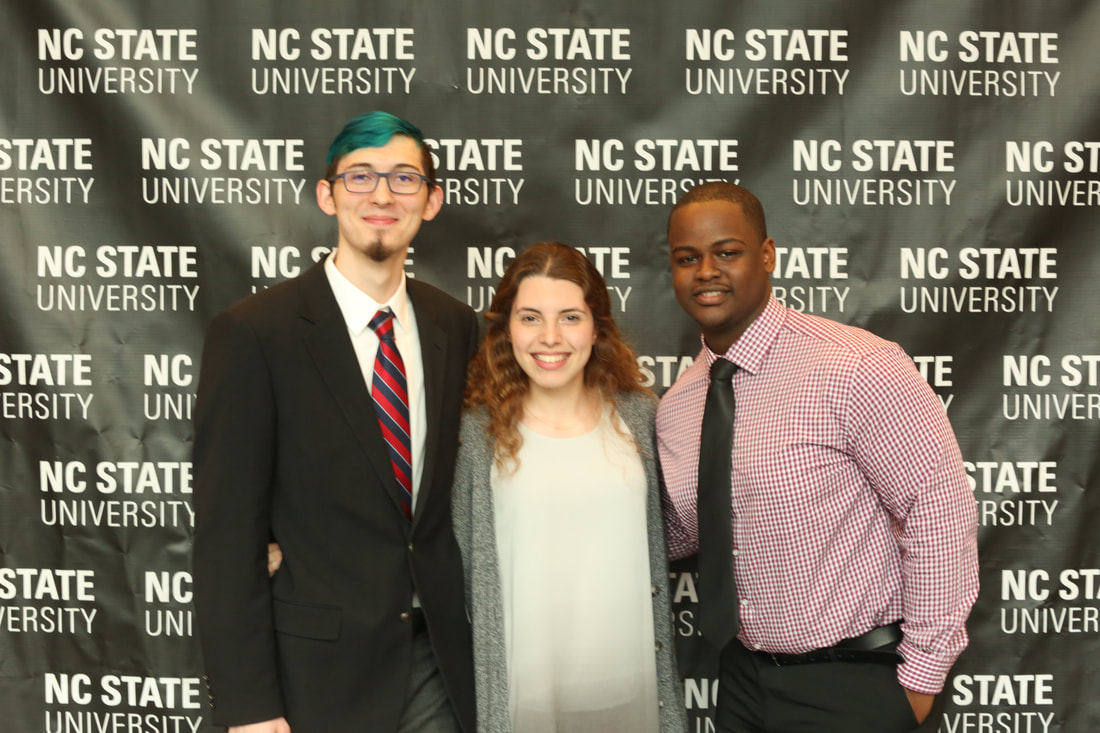

 RSS Feed
RSS Feed
